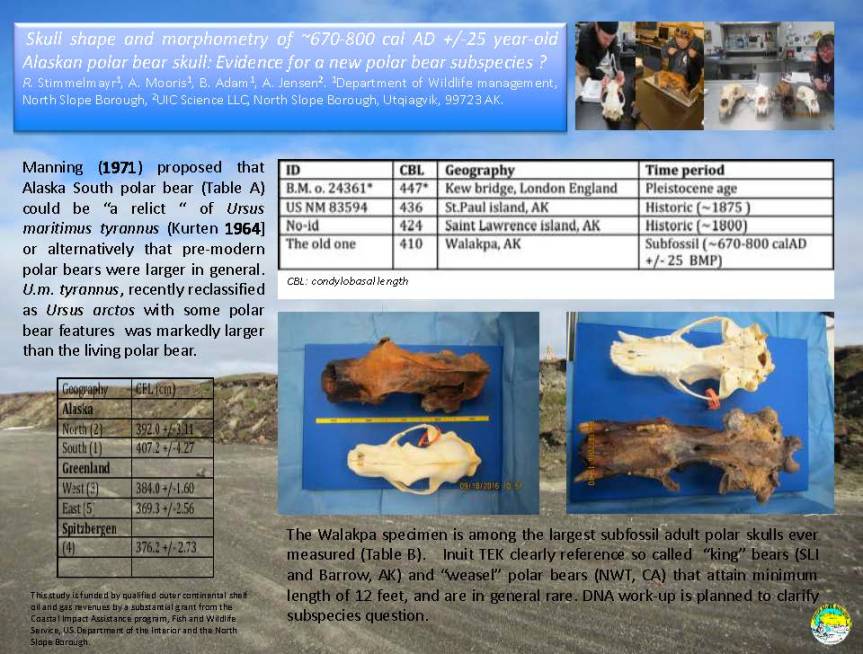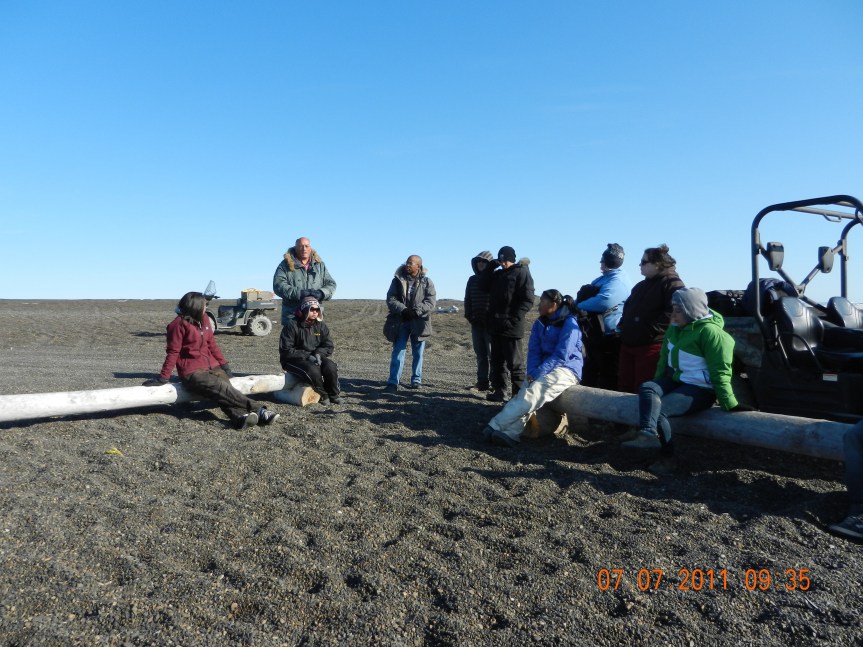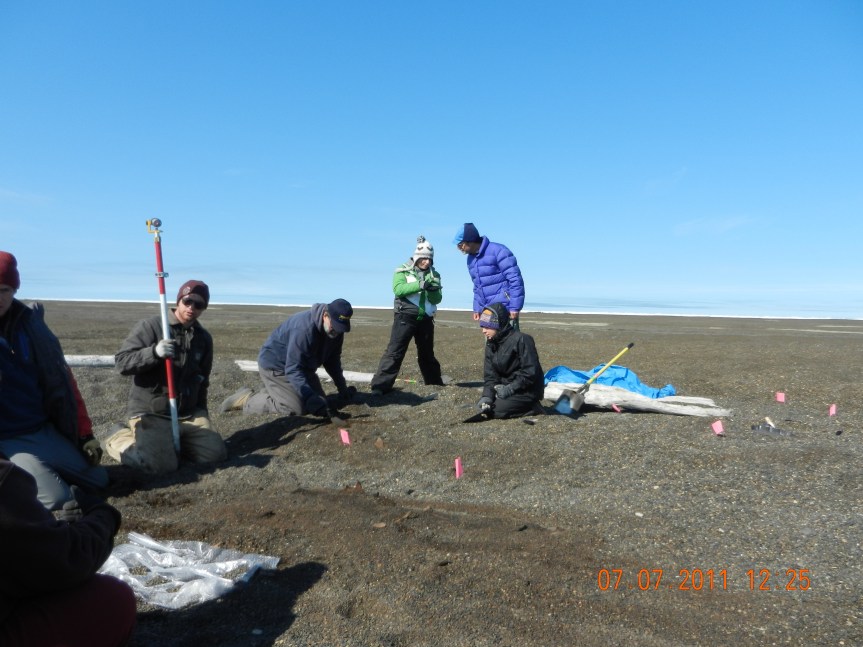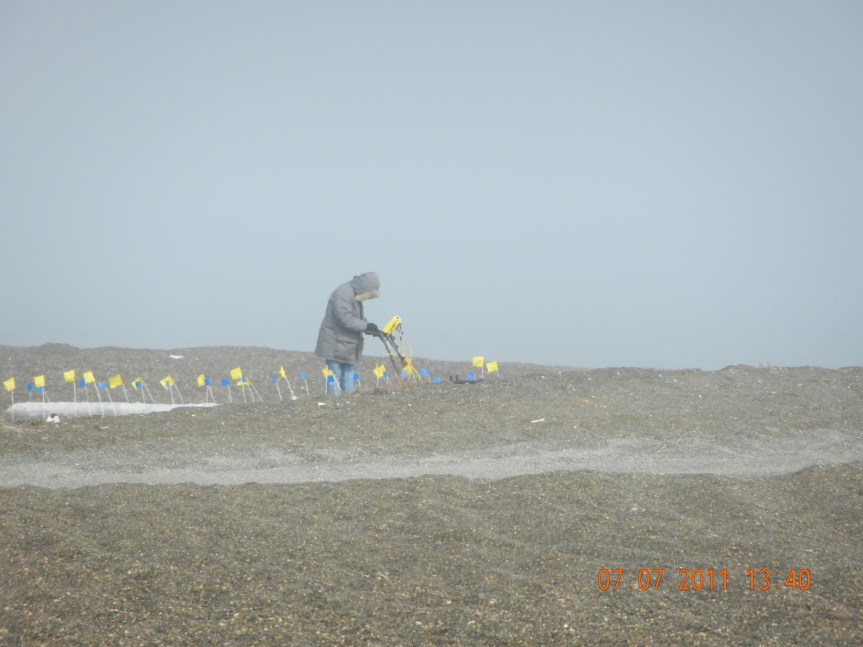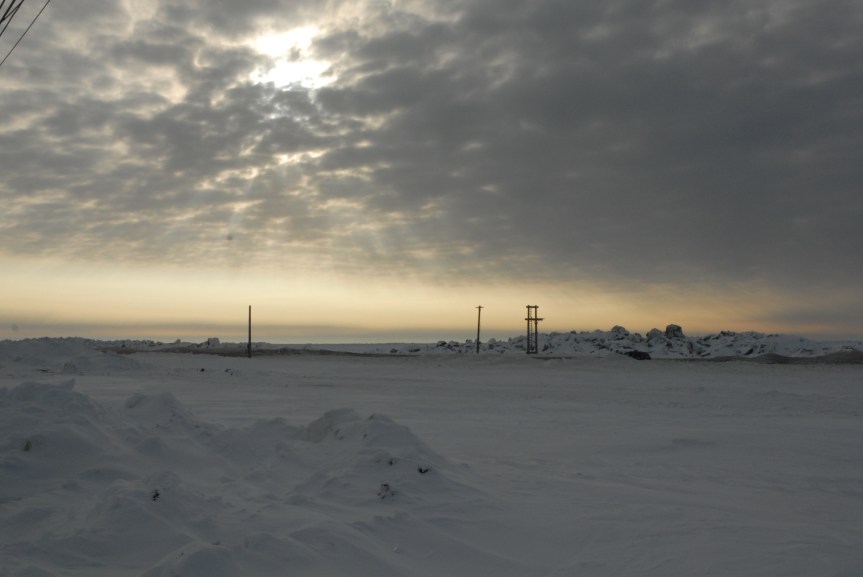I’ve been working on dating the various samples from the WALRUS project. Since walruses are marine mammals, direct C14 dating is problematic. In fact, that is one of the things we are looking at with the project. We ran a number of sample pairs of walrus and terrestrial material and compared the offsets. The bad news, there is not just one offset.
That meant that we couldn’t just use that to correct walrus dates. So, we are reliant on construction of chronologies using the caribou dates we have run, as well as other available dates, to figure out how old the walrus samples are. This is simple when we have a terrestrial sample from the same context. When we don’t we need to see if we have dates from earlier and/or later levels (both is better) which gives us boundaries for the context we are trying to date. To do that, we need to understand how the layers were arranged. I’ve been using
For some sites, we have very little information beyond the mound or midden square from which the samples came, or the depth of the arbitrary level they were excavated from. For others, we have more detailed stratigraphic information. I’ve been developing schematic descriptions of stratigraphy for the sites from which we have samples , using the Harris Matrix as a means of representation. Some of these are relatively easy to do and others are more complex. For simplicity’s sake I have only been including sampled contexts in the Harris matrices, although someday I can add other excavated units. The one on the left below is from a site where we have little information on most mounds (we have samples from six), and those we do have info on were apparently dug in arbitrary levels, as far as can be told from the field notes. The one on the right shows the two sampled mounds from a site where I have extremely detailed provenience information.
These help me check that the dates we have are consistent with the stratigraphy, and are helpful in construction of more complex dating models in OxCal. The process helps me think about how the models should be built, and also serves as a bit of a check, since having a crude model with some dates makes it easier to spot cases where a complex model may have been specified incorrectly (and therefore is giving incorrect results).





